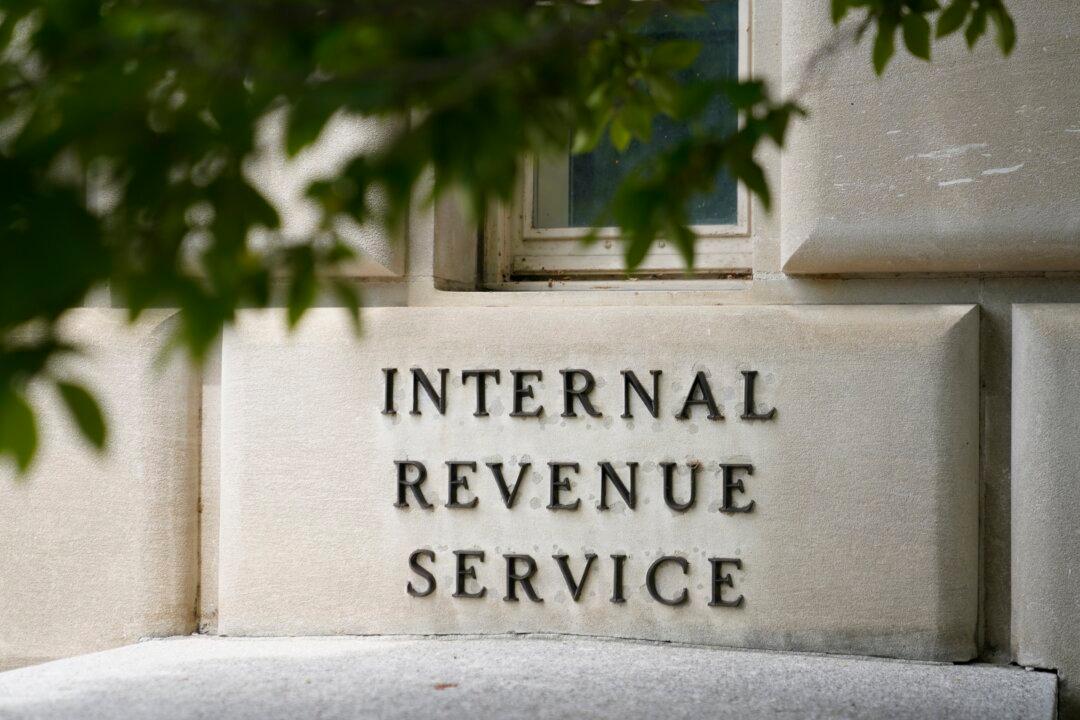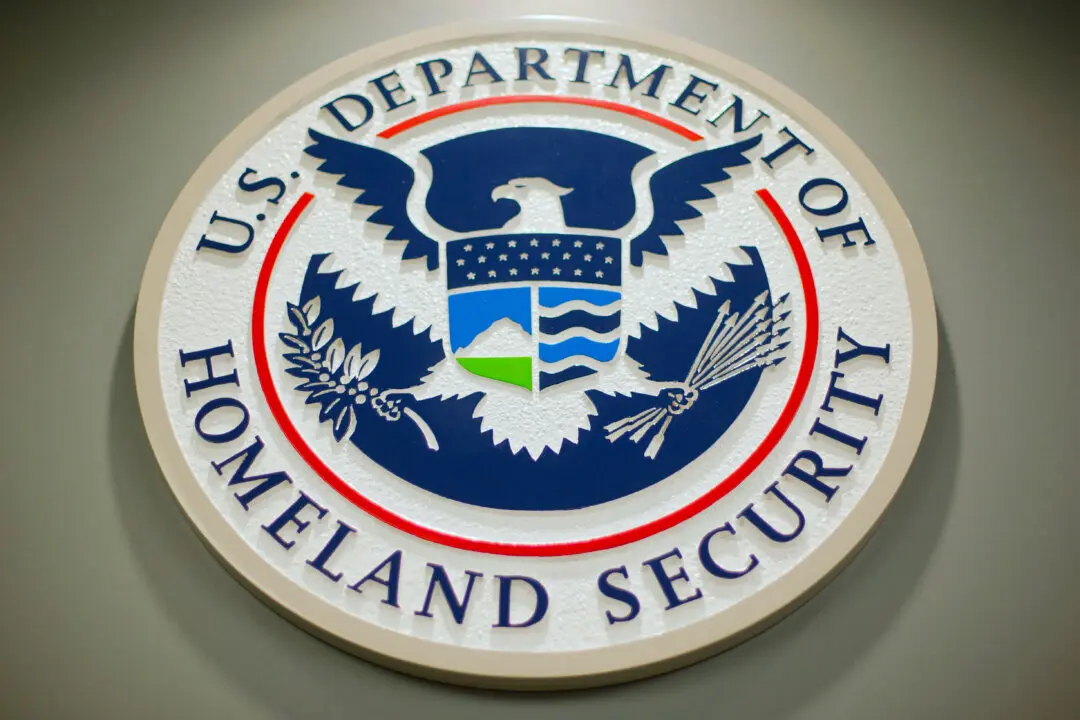The Internal Revenue Service (IRS) asked businesses to file payroll tax returns due by the end of this month electronically, insisting it was “secure” and “accurate.”
“While paper filing is available, the IRS strongly encourages e-filing” for the quarterly payroll tax return due on Oct. 31, the agency said in a Thursday press release. “The IRS acknowledges receipt of e-filed returns within 24 hours, giving employers reassurance that their return was not misplaced or lost in the mail. E-file users also receive missing information alerts.” The agency claimed that e-filing was the “most secure, accurate method to file returns” while also helping filers save time.





